Peripheral Vascular Disease: Key Symptoms and Effective Remedies
Peripheral vascular disease (PVD) is a common circulatory problem in which narrowed arteries reduce blood flow to the limbs. It primarily affects the blood vessels outside of the heart and brain. This condition can lead to significant health issues if not identified and managed properly. The importance of recognizing the warning signs of PVD cannot be overstated, as early detection can lead to more effective management and better health outcomes. This article aims to guide you through the top warning signs of PVD and explore remedies that can assist in managing this condition effectively. By understanding these signs and their implications, individuals can take proactive steps toward maintaining vascular health and preventing complications. Let’s embark on this comprehensive journey to better health management.
The Silent Onset: Recognizing Early Symptoms

Peripheral vascular disease often begins silently, with symptoms that are easy to dismiss. Early indicators, such as leg pain during physical activity or a noticeable decrease in leg strength, can be mistaken for normal aging or fatigue. These symptoms, however, are crucial warning signs that should not be ignored. Understanding the subtleties of these early symptoms can lead to timely diagnosis and treatment. People may experience a heavy feeling in their legs, which can be a result of reduced blood flow. Recognizing these early symptoms is the first step in preventing the progression of the disease.
Intermittent Claudication: The Painful Warning Sign

Intermittent claudication is one of the hallmark symptoms of PVD. It manifests as muscle pain or cramping in the legs or arms that occurs during activities such as walking or climbing stairs. This pain typically disappears with rest, which can make it seem less concerning than it actually is. The underlying cause of this symptom is the narrowing of arteries, which limits blood flow to the muscles during exertion. Understanding this symptom is crucial, as it can significantly impact daily activities and quality of life. Addressing intermittent claudication through lifestyle changes and medical intervention can help improve mobility and comfort.
Changes in Skin Color and Temperature
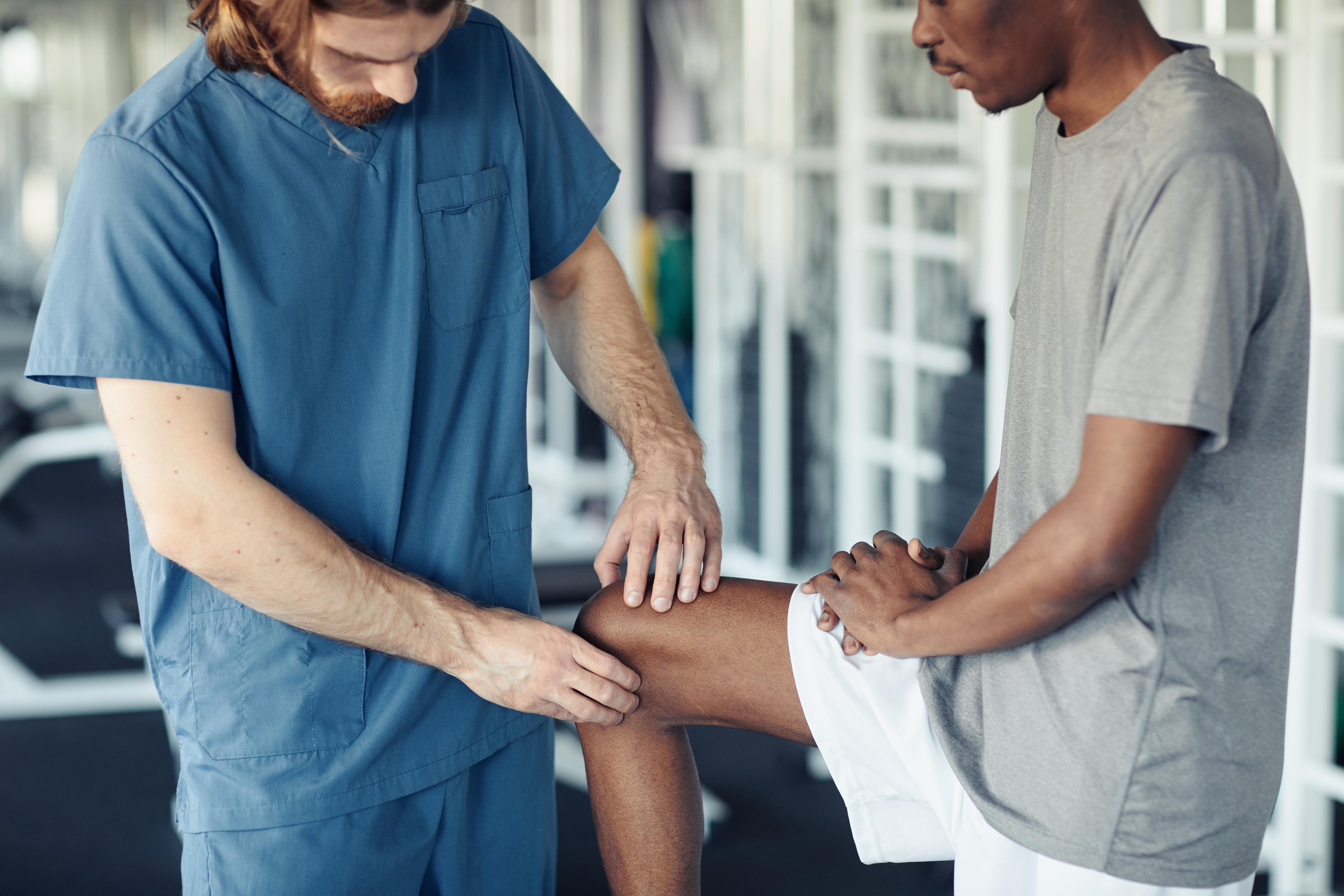
A noticeable change in skin color or temperature in the affected limb can be a significant indicator of PVD. Individuals may observe that their skin appears pale or bluish, or feels cooler to the touch compared to other areas of the body. These changes occur due to inadequate blood supply, which affects the skin's appearance and temperature regulation. Monitoring these changes can provide valuable insights into the progression of the disease. Promptly addressing these signs through medical consultation can prevent further deterioration and promote better vascular health.
Weak or Absent Pulse in the Limbs
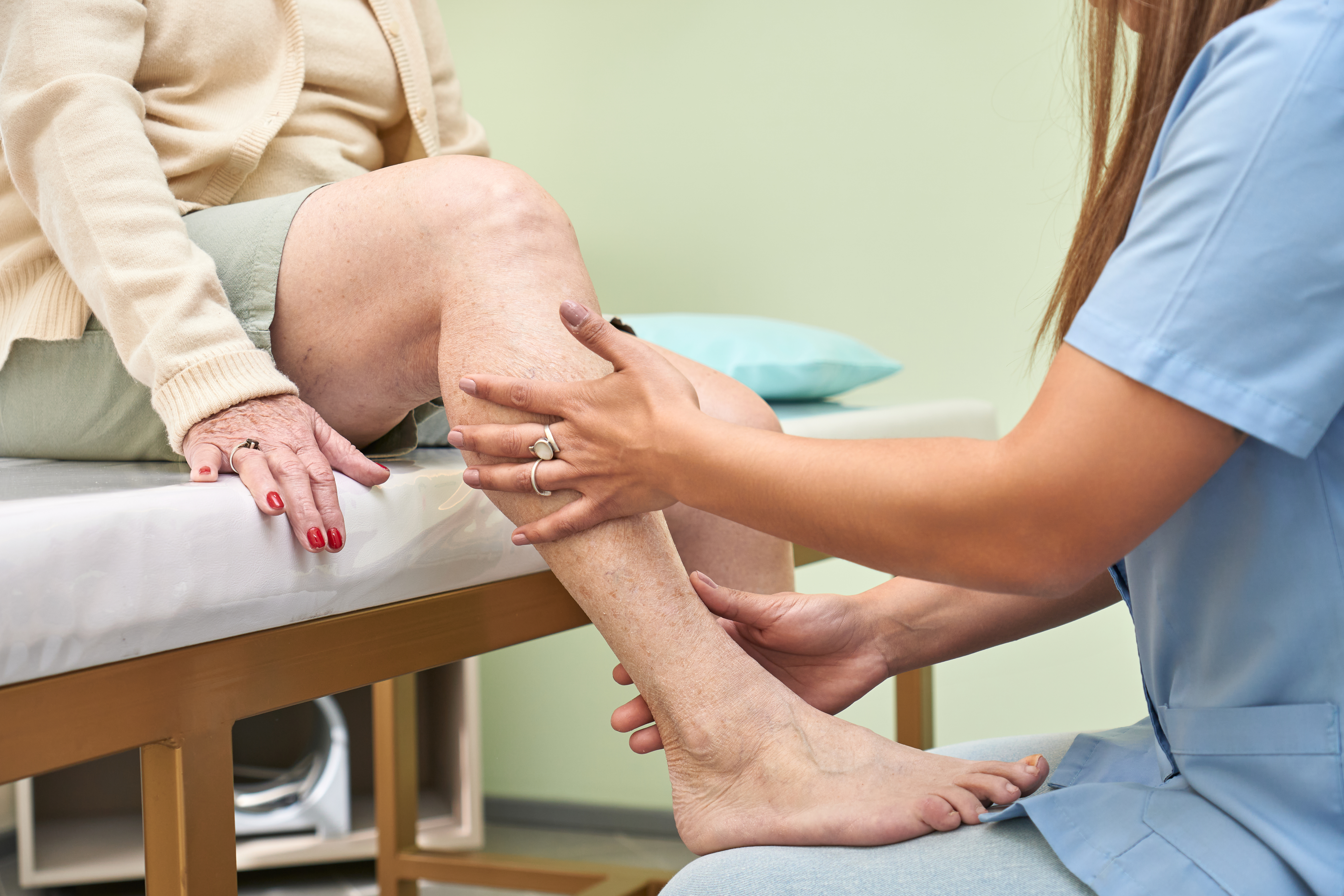
A weak or absent pulse in the limbs is a critical warning sign of PVD. This symptom is indicative of reduced blood flow and can be detected through a physical examination by a healthcare professional. The absence of a strong pulse in the legs or arms suggests that the arteries are significantly narrowed or blocked. Recognizing this symptom is essential for diagnosing the severity of the condition. Early detection through pulse examination can lead to timely intervention, potentially preventing severe complications such as tissue damage or limb loss.
Non-healing Wounds or Sores
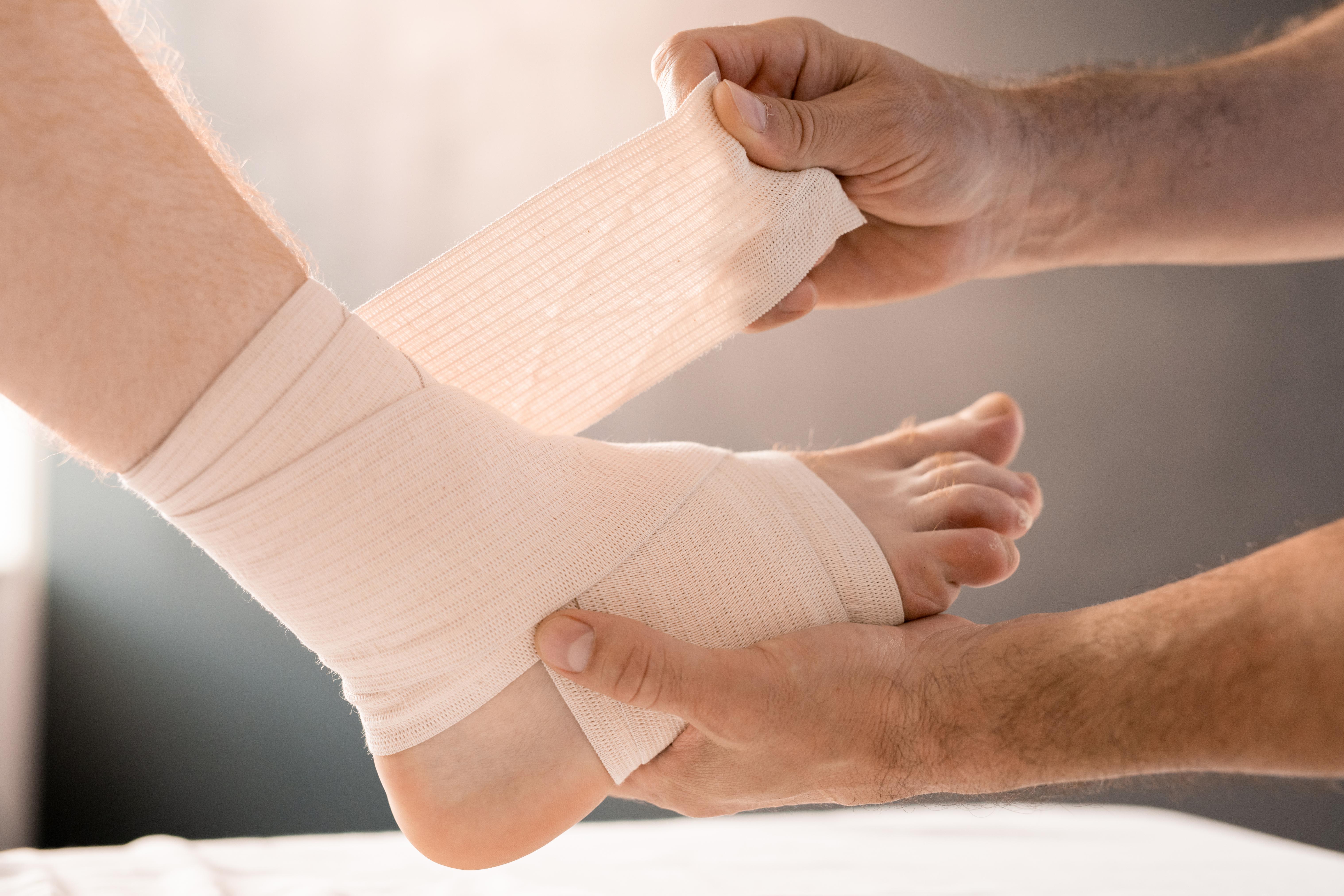
The presence of non-healing wounds or sores on the legs or feet can be a serious indication of PVD. These wounds occur due to inadequate blood flow, which impairs the body's ability to heal. Such sores are often persistent and resistant to conventional treatment methods. Identifying this symptom is crucial, as it can lead to severe infections or even necessitate amputation if left untreated. Seeking medical attention for non-healing wounds can result in appropriate care and intervention, promoting healing and preventing further complications.
Numbness or Weakness in the Limbs
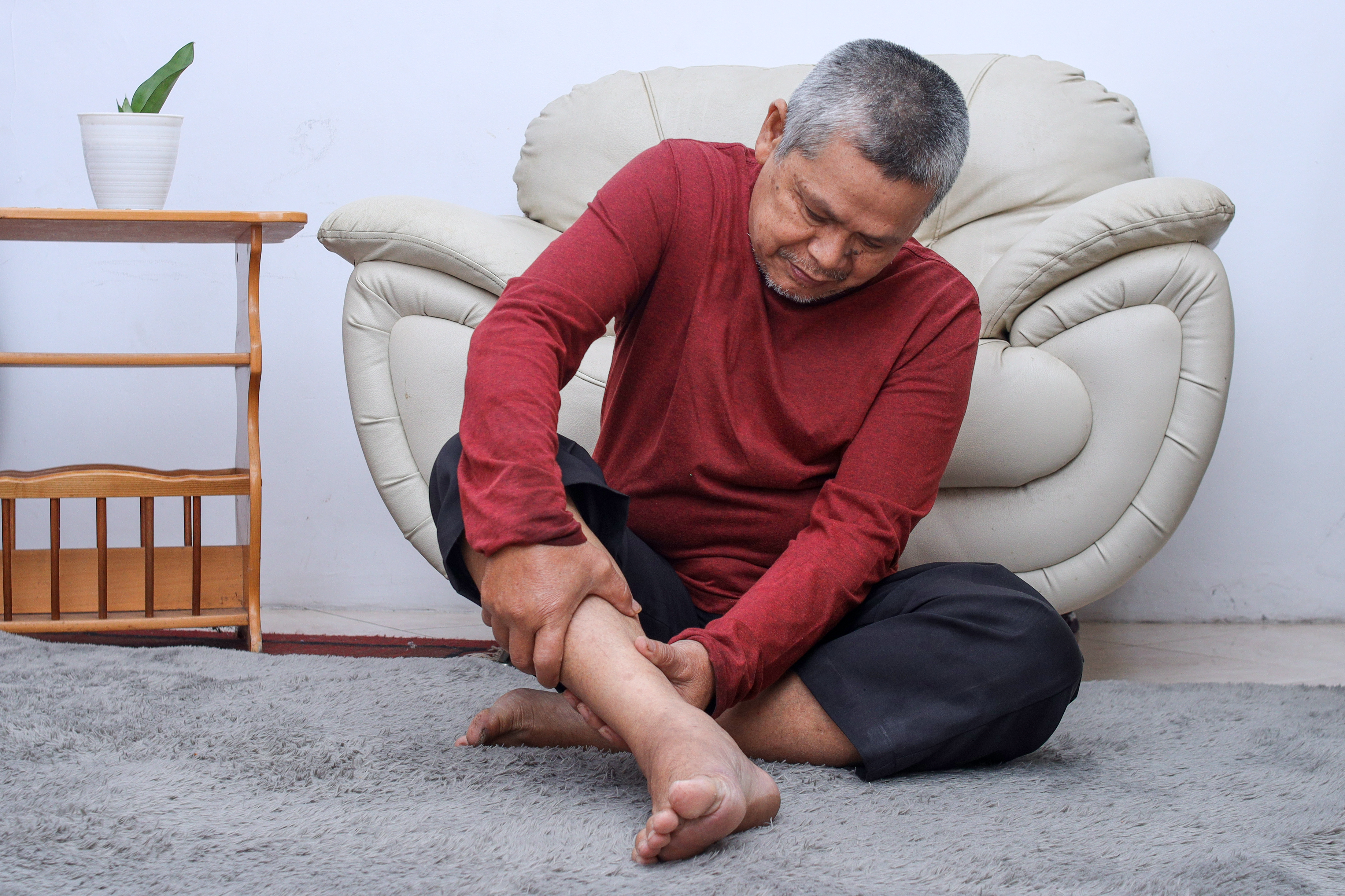
Experiencing numbness or weakness in the limbs is another significant symptom of PVD. This sensation occurs when the blood supply to the nerves is compromised, leading to nerve damage or dysfunction. Individuals may find it challenging to perform daily tasks due to this weakness, which can affect their quality of life. Recognizing this symptom can lead to a better understanding of the disease's impact on the nervous system. Addressing numbness and weakness through appropriate medical care can help restore function and improve overall well-being.
Erectile Dysfunction in Men

Erectile dysfunction can be an unexpected but important warning sign of PVD in men. The same arterial blockages that affect blood flow to the limbs can also impact the blood supply to the pelvic region. This symptom may be one of the earliest indicators of vascular problems. Recognizing erectile dysfunction as a potential symptom of PVD can lead to a more comprehensive evaluation of vascular health. Addressing this issue through lifestyle modifications and medical treatment can improve both vascular and sexual health.
Fatigue and Reduced Physical Stamina

Chronic fatigue and reduced physical stamina can be subtle yet significant symptoms of PVD. Individuals may find themselves tiring more easily during activities that were previously manageable. This fatigue results from the body's inability to deliver adequate oxygen and nutrients to the muscles due to restricted blood flow. Understanding the link between fatigue and PVD can help individuals recognize the need for medical evaluation. Addressing these symptoms through lifestyle changes and medical management can enhance energy levels and improve quality of life.
Painful Cramping at Night
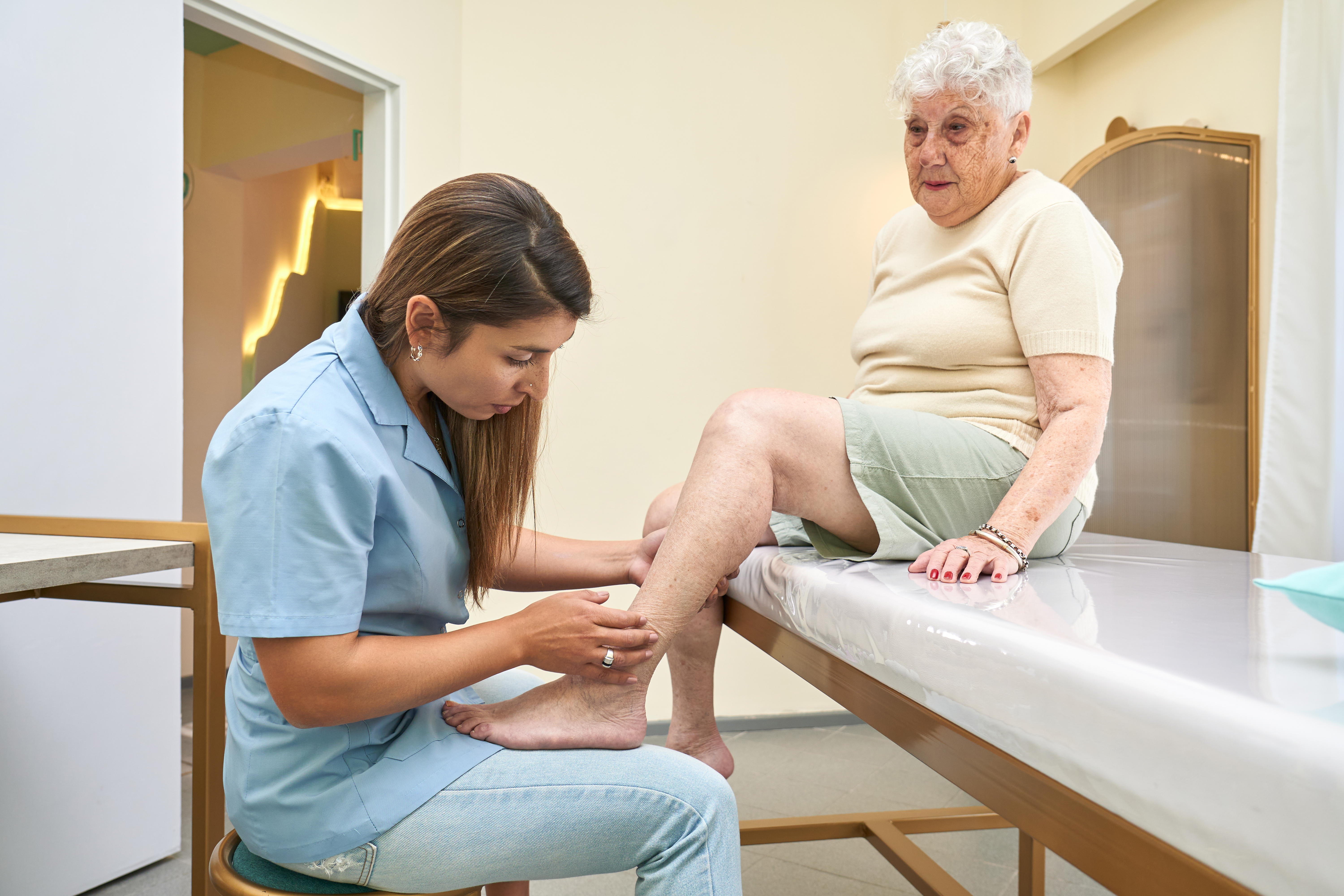
Experiencing painful cramping in the legs or feet at night is a common symptom of PVD. These cramps are often severe enough to disrupt sleep, affecting overall well-being and daily functioning. The pain is caused by reduced blood flow to the muscles, which is exacerbated when the body is at rest. Recognizing nighttime cramps as a symptom of PVD can lead to early intervention and treatment. By addressing this issue, individuals can improve their sleep quality and reduce discomfort.
Hair Loss on the Legs
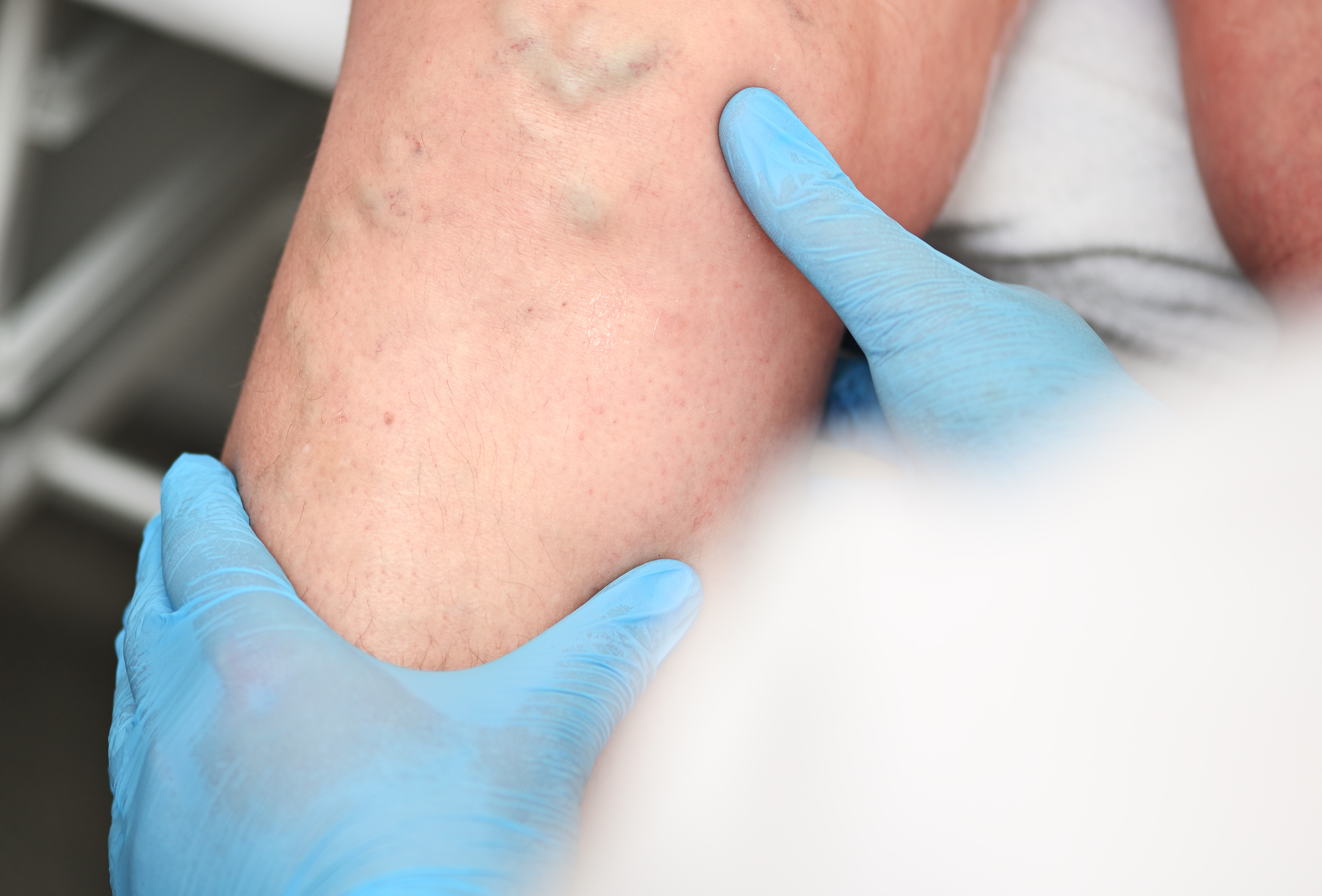
Unexplained hair loss on the legs can be a subtle but telling sign of PVD. This symptom occurs when reduced blood flow affects the nourishment of hair follicles, leading to hair thinning or loss. While hair loss may seem like a cosmetic concern, it can provide valuable insights into vascular health. Recognizing this symptom can prompt individuals to seek medical evaluation for underlying circulatory issues. Addressing hair loss through improved blood flow and vascular health can lead to better skin and hair condition.
Brittle or Slow-growing Toenails
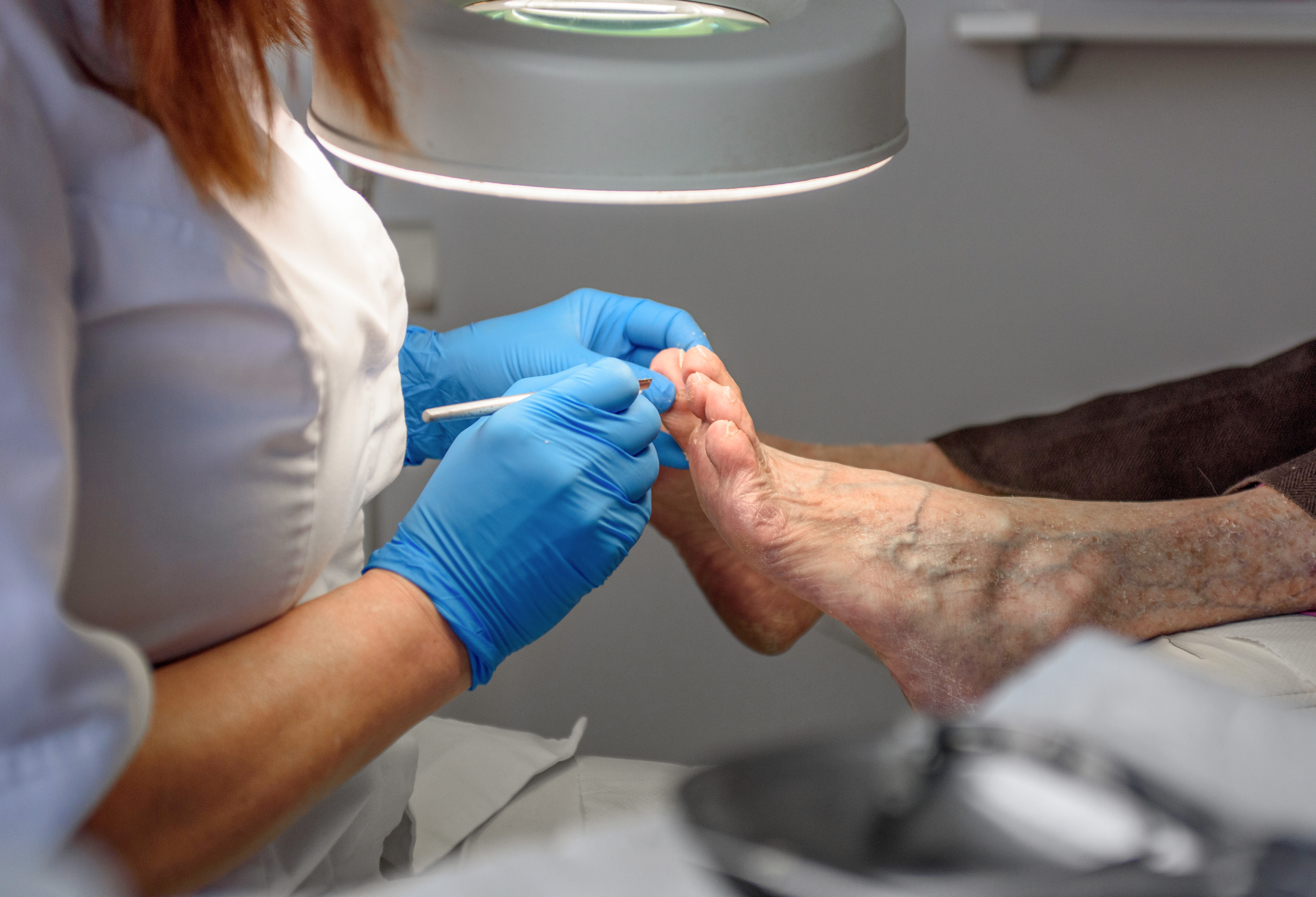
Changes in toenail health, such as brittleness or slow growth, can indicate PVD. These changes occur due to inadequate blood supply, which affects the nails' ability to grow and maintain strength. Recognizing changes in toenail health can provide early clues about circulatory issues. Addressing this symptom through improved vascular care can enhance nail health and prevent further complications. It is important to pay attention to these subtle changes, as they can be indicative of broader health concerns.
Coldness in the Lower Leg or Foot

Persistent coldness in the lower leg or foot, even in warm environments, can be a significant symptom of PVD. This sensation occurs when blood flow is restricted, preventing the affected area from maintaining normal temperature. Recognizing coldness as a symptom of PVD can lead to timely medical evaluation and intervention. Addressing this issue through lifestyle modifications and medical treatment can improve circulation and reduce discomfort. It is essential to pay attention to these changes, as they can indicate underlying vascular problems.
Lifestyle Changes for Managing PVD

Lifestyle changes play a crucial role in managing PVD and improving vascular health. Adopting a heart-healthy diet, engaging in regular physical activity, and quitting smoking can significantly impact the progression of the disease. These changes help improve blood flow, reduce symptoms, and enhance overall well-being. Understanding the importance of lifestyle modifications can empower individuals to take control of their health. By making these changes, individuals can improve their quality of life and reduce the risk of complications associated with PVD.
The Role of Medication in PVD Management

Medication can be an essential component of PVD management, helping to improve blood flow and reduce symptoms. Common medications include antiplatelet agents, cholesterol-lowering drugs, and blood pressure medications. Understanding the role of medication in managing PVD can help individuals adhere to their treatment plans and achieve better health outcomes. It is important to work closely with healthcare providers to ensure that medications are used effectively and safely. By following prescribed treatment plans, individuals can improve their vascular health and reduce the risk of complications.
Surgical Interventions for Severe Cases

In severe cases of PVD, surgical interventions may be necessary to restore blood flow and prevent complications. Common procedures include angioplasty, stenting, and bypass surgery. Understanding the options for surgical intervention can help individuals make informed decisions about their treatment. It is important to discuss the risks and benefits of surgery with healthcare providers to determine the best course of action. By considering surgical options, individuals can improve their vascular health and reduce the risk of severe complications.
The Importance of Regular Medical Checkups

Regular medical checkups are essential for monitoring vascular health and managing PVD. Routine evaluations can help detect changes in symptoms and assess the effectiveness of treatment plans. Understanding the importance of regular checkups can encourage individuals to prioritize their health and seek timely medical care. By staying proactive about medical evaluations, individuals can improve their vascular health and reduce the risk of complications. It is important to work closely with healthcare providers to ensure that PVD is managed effectively.
The Role of Exercise in PVD Management

Exercise is a key component of PVD management, helping to improve circulation and reduce symptoms. Engaging in regular physical activity can enhance blood flow, increase stamina, and improve overall well-being. Understanding the role of exercise in managing PVD can empower individuals to incorporate physical activity into their daily routines. By staying active, individuals can improve their vascular health and reduce the risk of complications. It is important to work with healthcare providers to develop a safe and effective exercise plan.
Dietary Considerations for Vascular Health

Dietary choices play a significant role in managing PVD and promoting vascular health. Consuming a diet rich in fruits, vegetables, whole grains, and lean proteins can help improve blood flow and reduce symptoms. Understanding the importance of dietary considerations can empower individuals to make healthier food choices. By adopting a heart-healthy diet, individuals can improve their vascular health and reduce the risk of complications. It is important to work with healthcare providers to develop a personalized nutrition plan.
Stress Management and Its Impact on PVD

Stress management is an important aspect of PVD management, as stress can negatively impact vascular health. Chronic stress can lead to increased blood pressure and inflammation, exacerbating PVD symptoms. Understanding the role of stress management can help individuals incorporate relaxation techniques into their daily routines. By reducing stress, individuals can improve their vascular health and reduce the risk of complications. It is important to work with healthcare providers to develop effective stress management strategies.
Complementary Therapies for PVD

Complementary therapies, such as acupuncture, massage, and yoga, can be beneficial in managing PVD symptoms. These therapies can help improve circulation, reduce stress, and enhance overall well-being. Understanding the role of complementary therapies can encourage individuals to explore alternative treatment options. By incorporating these therapies into their treatment plans, individuals can improve their vascular health and reduce the risk of complications. It is important to work with healthcare providers to ensure that complementary therapies are used safely and effectively.
Taking Control of Your Vascular Health

Recognizing the warning signs of peripheral vascular disease and understanding the available remedies are crucial for effective health management. By staying informed and proactive, individuals can take control of their vascular health and reduce the risk of complications. It is important to work closely with healthcare providers to develop personalized treatment plans and make informed decisions about care. By adopting a comprehensive approach to PVD management, individuals can improve their quality of life and achieve better health outcomes. Let this guide serve as a resource for navigating the complexities of PVD and promoting vascular health.